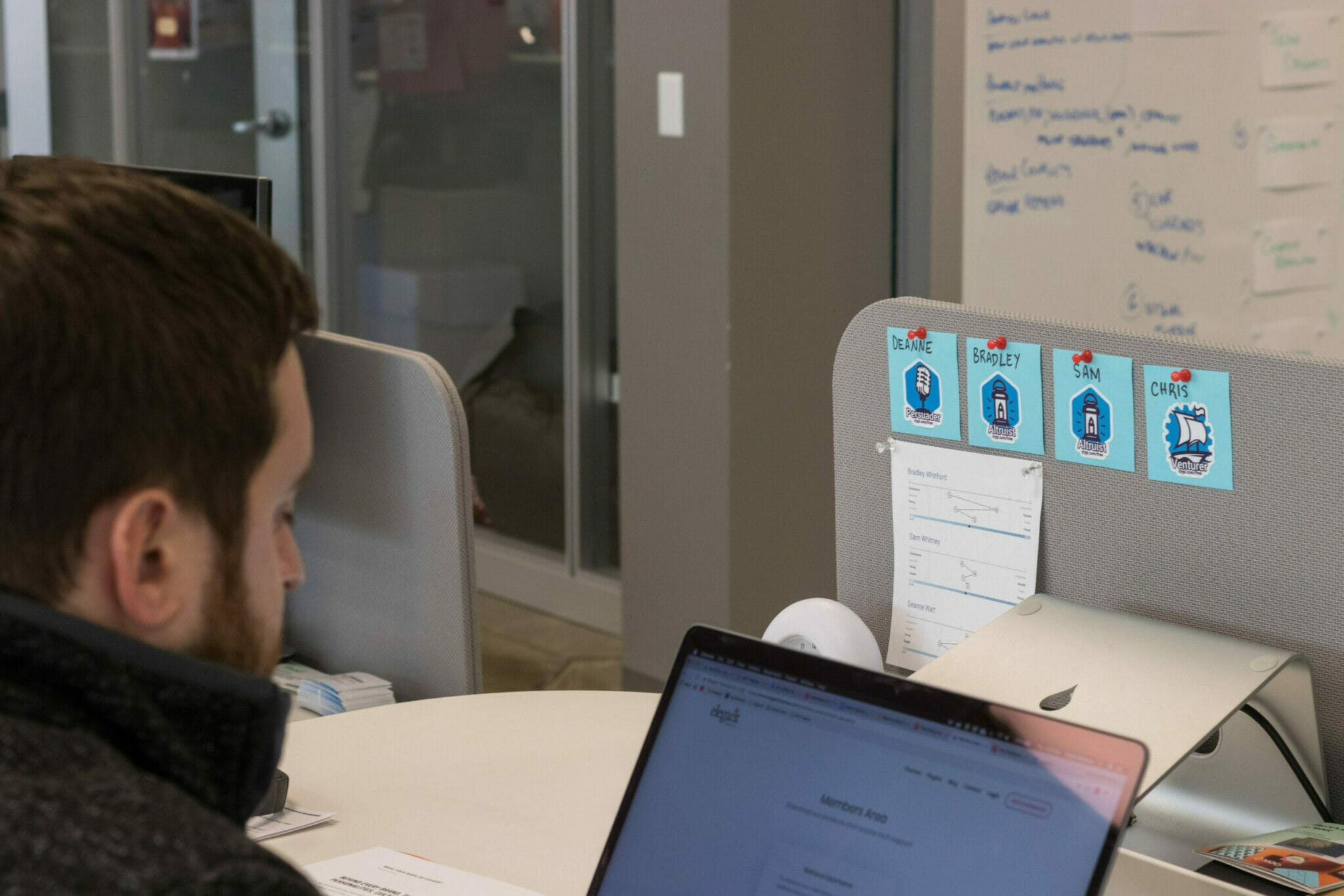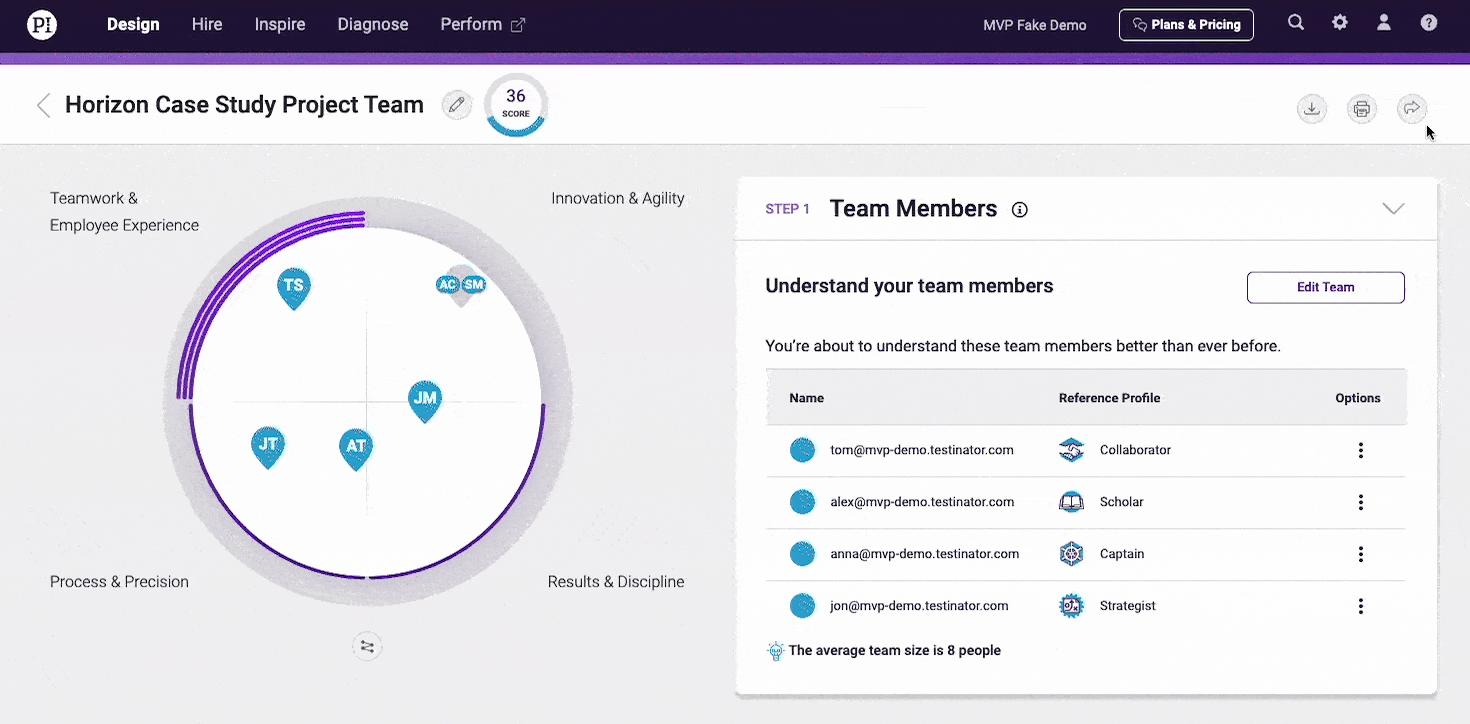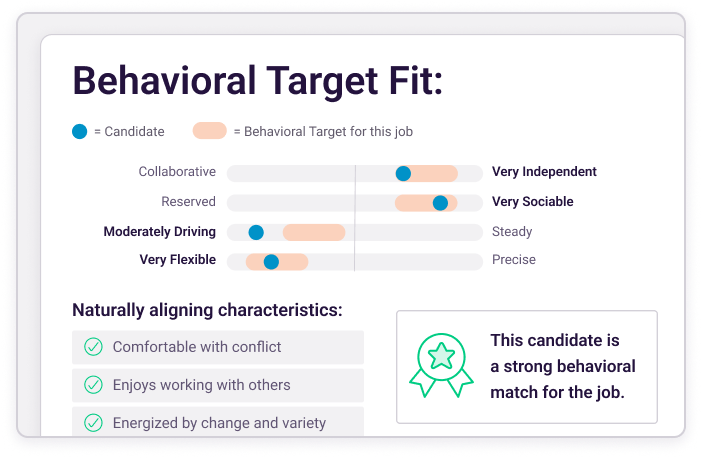Whether you’re focusing on management or hiring solutions, you’ll need to create an environment of cohesiveness in order to succeed.
Communication and collaboration go hand in hand. Sometimes, businesses need a tune-up to maximize the talking and open conversation amongst employees and teams.
How to improve organizational communication
Improving the communication and collaborative efforts in your organization isn’t difficult, but it’ll require a tighter approach to the industry’s changing ideologies and technology. Check out the tips below and rewrite your workplace for higher employee satisfaction, camaraderie, and success.

1. Use social intranet services.
First, you should make sure your employees are connected socially. Facebook, Twitter, and Instagram may already exist, but you’ll run into a prevalent industry problem eventually. Today’s workers rely on social media to cohabitate social spheres—even organizational social spheres. Unfortunately, social media giants are rife with distractions, useless multimedia, and external links.
Likely, your workplace’s best minds are already hard-wired to engage a social media platform. By implementing a variety of tools to boost conversational power, quick response, and human resource solutions, you’ll be able to grow your internal culture at exponential rates.
2. Provide private atmospheres.
Ensure your employees have the chance to be private. Especially in office settings, the “ever-connected” feeling runs rampant across employee groups who are constantly engaged with social media and their mobile devices. Many companies have embraced an open office concept, wherein desks are shared, doors are nonexistent, and teamwork is the prime focus.
But this sort of environment can be mentally laborious. Your organization should create an environment capable of fostering creativity. Creativity, often, needs a little breathing room. Try offering private huddle rooms for small meetings, separate work areas, and pre-specified meeting areas.
Join 10,000 companies solving the most complex people problems with PI.
Hire the right people, inspire their best work, design dream teams, and sustain engagement for the long haul.
3. Use video conferences.
Remote workers exist. Even if your organization only has a few remote employees, accommodating their communication needs is essential to organizational success. The internet is widespread, and many employees bring their mobile devices to work. By promoting knowledge sharing via visuals, information, and on-location services, you can boost communication and collaboration. Seeing coworkers face-to-face and on screen, rather than reading through an email, is a great way to foster teamwork.
4. Prioritize company culture.
As today’s business world grows, organizations require culture-heavy workday approaches to foster creativity. Why? Because incoming millennial workers value company goodwill, brand philosophy, and engagement innovation. Your organization’s culture is more important than you know, and it’s responsible for sustainability and internal optimization. So, promote employee ideas individually. The organization, after all, is a sum of its parts.
5. Do away with one-way communication.
In the past, organizations could use a top-down approach to foster employee communication and teamwork. It’s a classic approach, but it’s outdated. Make every communication channel a two-way street, even at administrative levels.
Regular online content creation, a social media presence, and mobile apps can help. Remember: Employees are used to digital collaboration. They thrive when a company’s social aspects are accessible via social media. As for the in-depth meetings? They can stay. While collaborative and communicative solutions are incredibly digital-centric, a strong social network won’t last long if your organization’s core values, effective exercises, and strategic development are tossed by the wayside.
Improving organizational communication won’t happen overnight.
But by taking steps in the right direction, you’ll be on your way to creating a work environment where communication propels collaboration and, in turn, results.








